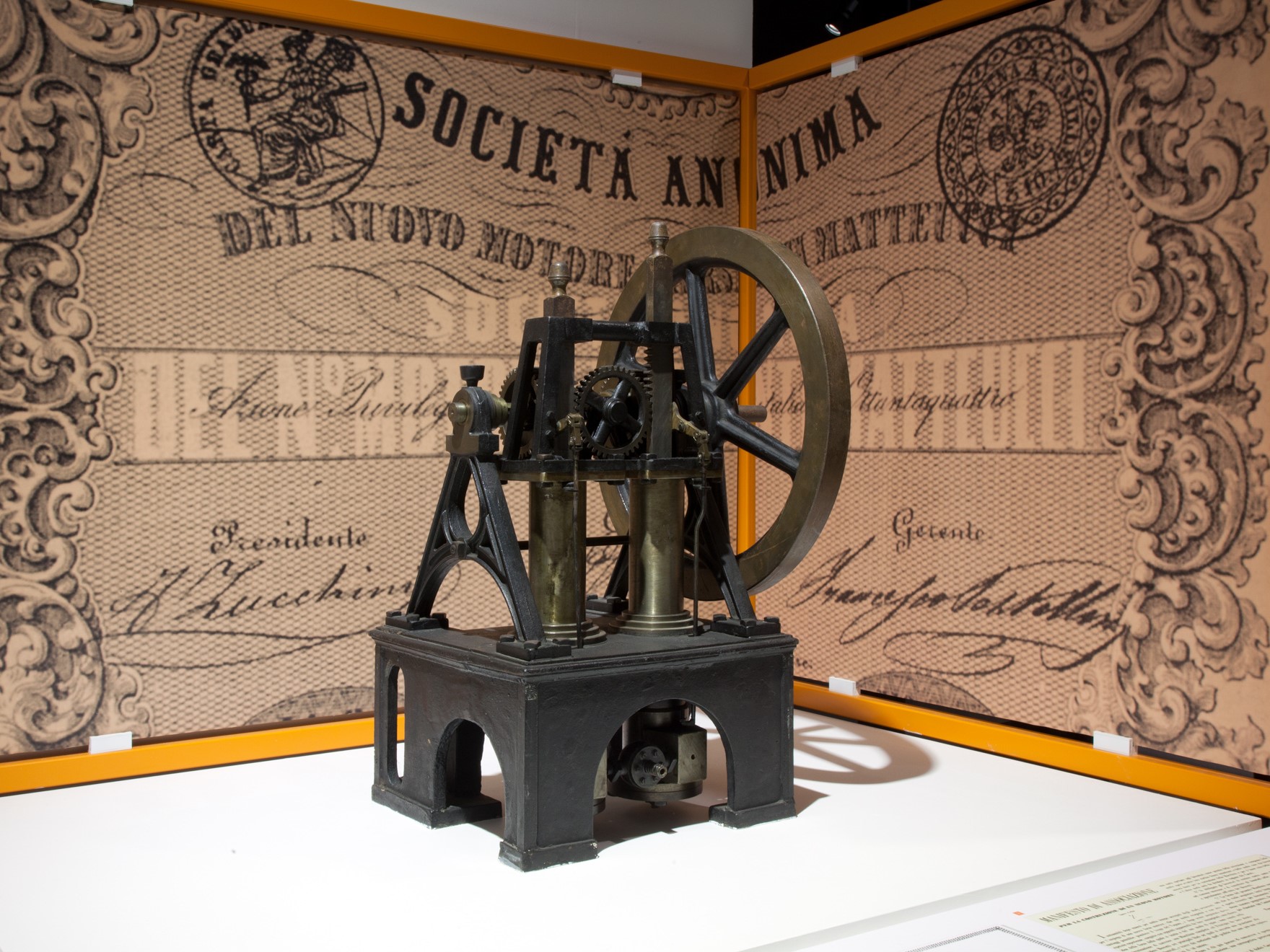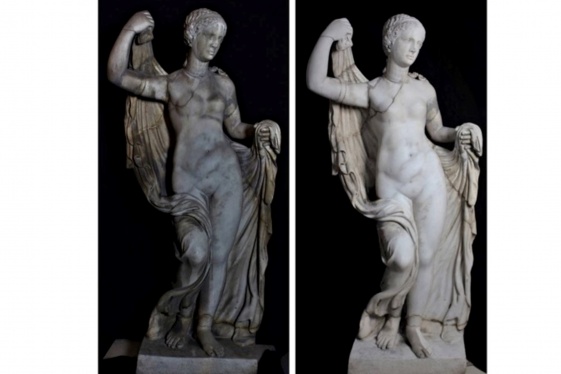

The spark that helped ignite the modern world came not from Detroit or Berlin, but from Lucca—a charming Tuscan city better known for its medieval walls than for its revolutionary inventions. In 1853, two Italian visionaries, Eugenio Barsanti and Felice Matteucci, patented what is now recognized as the first internal combustion engine. Though their names are little known today, every time an engine roars to life, we owe a silent thanks to these two pioneers.
Felice Matteucci, born in Lucca in 1808, was an engineer passionate about hydraulics and mechanics. Niccolò Barsanti, born in Pietrasanta in 1821, was a math and physics teacher who later became a Piarist priest, taking the name Eugenio. In 1851, the two began collaborating to develop a revolutionary machine—an engine powered not by steam, but by the explosion of a gas mixture.
Barsanti was inspired by Alessandro Volta’s “Volta’s pistol,” an early scientific experiment in which a hydrogen-air mix exploded inside a chamber, forcing out a cork. Their idea was to use that explosive force to generate mechanical motion, giving rise to the first non-steam engine—lighter, more efficient, and more adaptable than anything available at the time.
Despite their groundbreaking invention, Barsanti and Matteucci were overshadowed internationally. Barsanti died young, and although Matteucci and Barsanti’s father tried to defend their claim, other names gained global recognition. Étienne Lenoir’s engine in 1860 was widely publicized, and the Otto and Langen engine, introduced at the 1867 Paris Exposition, was nearly identical in design to the Italian duo’s model—but gained all the fame.
One reason for this lack of recognition may have been the political instability of Italy at the time. The country was in the early stages of unification, while industrial giants like Germany and France had the resources and influence to dominate public attention.
Still, the facts are undeniable: in 1853, Barsanti and Matteucci detailed their invention through patents filed in the UK, France, Italy, and Germany. Initially, their engine found practical use in the maritime world—specifically in small boat propulsion—because, unlike steam engines, it couldn't start from a complete stop without help. Boat propellers, however, required less torque to begin moving. It wasn’t until the late 1890s that clutch systems allowed internal combustion engines to power land vehicles from a standstill, paving the way for the automobile revolution.
One early version of the Barsanti-Matteucci engine was built in 1856 at the Benini Foundry in Florence and installed at the Maria Antonia railway station. There, it powered tools like shears and drills—marking the first use of an internal combustion engine to operate industrial machinery.
Throughout the following years, Barsanti and Matteucci refined their designs, filing new patents and building several prototype engines. In 1854, they submitted a detailed report to the Accademia dei Georgofili—an important scientific institution in Florence that preserved technical documents at a time when Italy lacked a national patent office. Despite their technical superiority and early success, they remained in the shadows of history.
Today, the global scientific community acknowledges their role in inventing the internal combustion engine. Lucca proudly honors its native sons at the Barsanti and Matteucci Internal Combustion Engine Museum, where visitors can explore working models of their five engine designs, view original patents, diagrams, and certificates, and learn about their lives and legacy. The museum also features a multimedia room and highlights the evidence proving the historical priority of their invention.
Their story is a reminder that great ideas often come from unexpected places—and that true innovation doesn't always make the loudest noise. But in Lucca, you can still hear the echo of the engine that changed the world.
You may be interested
-
Lecture and Concert that bring Italy to New...
Saturday, february 28 - 7 pm ESTChrist & Saint Stephen's Church - 120 W 69th St,...
-
'Buongiorno Papà' vince Nice Festival Usa
'Buongiorno papà' di Edoardo Leo, film sui quarantenni single in Italia, interpretato da R...
-
'Christmas I Remember Best': The Italian ceme...
Years ago our family spent an idyllic summer in beautiful Florence, Italy, the heart of Re...
-
'I inherited an Italian farmhouse and want ev...
At first I was excited. Then I was terrified. Now I cannot believe my luck. Like one of th...
-
'Love in Firenze' comes to The Addy at Procto...
Composer Ed Munger, 76, and lyricist Herb Weisburgh, 82, are a local songwriting duo who h...
-
'Mona Lisa's' identity could be revealed thro...
By Jamie Wetherbe The mystery of "Mona Lisa's" real-life muse, which has spawned centurie...
-
'Pop' and 'Rock' trains to bring free Wi-fi t...
The Italian rail infrastructure administrator Ferrovie dello Stato Italiane has unveiled i...
-
'Rediscovered Aphrodite' In Italy's National...
The recently restored statue of Aphrodite housed in the Museo Archeologico Nazionale (Nati...










